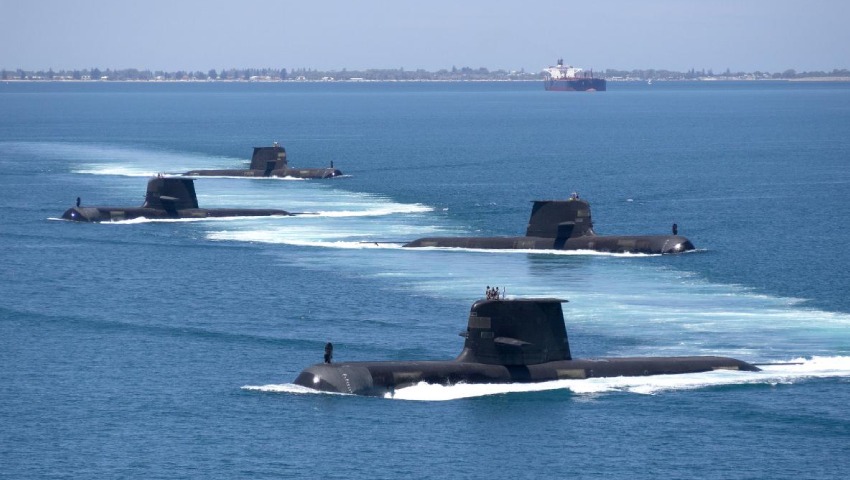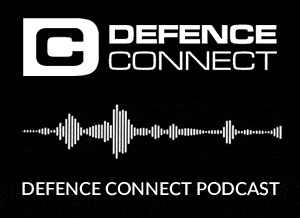Royal Australian Navy submarines HMA Ships Collins and Rankin were on the prowl to disrupt surface ship operations during a series of attack and interdiction missions.
To continue reading the rest of this article, please log in.
Create free account to get unlimited news articles and more!
The subs leveraged advanced sensor and sonar technology to avoid detection and track targets.
According to the Royal Australian Navy's Captain Peter Bartlett, TS21 Maritime Response Cell, submarines are a very dangerous adversary when positioned well.
“It does not mean the submarine will always win. There are ways to defeat submarines through manoeuvring and employment of air and surface assets,” CAPT Bartlett said.
As part of the opposing force for a portion of TS21, subs conducted sea-denial operations against the allied fleet, limiting their freedom of movement on the water’s surface.
This forced surface elements to undertake what CAPT Bartlett referred to as the most complex type of maritime warfare – anti-submarine operations.
“That’s because of the environment and the capabilities of modern submarines,” CAPT Bartlett said.
“Much of the training is based around the employment of fixed and rotary-wing aircraft, as well as surface ships.”
CAPT Bartlett added that anti-submarine warfare was something surface elements had to perform over extended periods to keep adversaries at bay, with difficulty depending on a variety of conditions.
“It all depends on the environment and the water in which you operate,” he said.
Submarines also conducted sub-versus-sub training.
The exercise included time to debrief the submarine teams after each serial and apply what they had learned.
“You cannot simulate the anti-submarine warfare training environment to the same extent without [other submarines],” CAPT Bartlett said.
“You need a submarine with the thinking, reacting crew to train against.”
A US submarine also contributed to the sub-surface training scenario.
[Related: Army’s 1 Brigade and US Marine Corps to take on Exercise Koolendong]

 Login
Login







